The world of professional tennis has witnessed a remarkable evolution in serve speeds over the past few decades. Among the most awe-inspiring feats is the ability of elite players to consistently deliver serves clocking in at 230 km/h (143 mph) or faster. This blistering pace transforms the serve from a mere rally-starter into a potent offensive weapon capable of dictating play from the very first shot.
At its core, a 230 km/h serve represents the perfect marriage of biomechanics, physics, and years of dedicated training. The kinetic chain involved - from the ground up through legs, hips, torso, shoulder, arm, and finally wrist - must work in flawless synchronization to generate this extraordinary velocity. Players who master this technique create a whip-like effect, where each body segment accelerates sequentially, multiplying the racket head speed at impact.
The stance and toss form the foundation of every powerful serve. Players typically adopt a platform or pinpoint stance, with the latter allowing for more forward momentum. The ball toss becomes particularly crucial at these extreme speeds - too far forward compromises control, while too far back limits power. The ideal toss for maximum velocity sits slightly into the court and about a foot above the maximum reach of the server's extended racket.
As the serving motion progresses, the coiling of the body stores elastic energy much like a spring being compressed. The back leg bends deeply, the hitting shoulder drops, and the non-dominant arm points toward the tossed ball. This "trophy position" represents the loaded phase where potential energy reaches its peak before the explosive uncoiling begins.
The moment of uncoiling separates elite servers from the rest. The legs drive upward violently, the hips rotate forward, and the shoulders unwind in rapid succession. This sequential acceleration creates the kinematic sequence that allows relatively slender players to generate forces that can exceed 800 pounds of impact pressure on the ball. The internal rotation of the shoulder - often reaching angular velocities exceeding 2,500 degrees per second - contributes significantly to the final burst of speed.
Impact occurs typically between 2.5 to 3 meters above the court surface for tall players, with the racket face brushing up the back of the ball to impart topspin or slice. Even at these extreme speeds, modern players maintain remarkable precision, regularly hitting targets within a 30 cm radius of their intended location. The margin for error shrinks dramatically at 230 km/h, where a miscalculation of just a few degrees in racket face angle can send the ball meters off target.
The equipment plays a supporting but vital role in achieving these speeds. Modern rackets with their stiff, aerodynamic frames and polyester strings allow for greater energy transfer to the ball compared to wooden rackets of previous eras. The strings themselves, typically strung at tensions between 45-60 pounds, provide the perfect balance of power and control needed for such powerful serves.
Physical conditioning forms the unsung hero behind consistent 230 km/h serving. The repetitive stress of this motion demands extraordinary shoulder and core strength to prevent injury. Players dedicate countless hours to rotator cuff exercises, scapular stabilization, and eccentric strengthening to withstand the tremendous forces involved. Flexibility training ensures full range of motion, particularly in shoulder external rotation which can exceed 170 degrees in elite servers.
The mental component often goes overlooked when discussing serve velocity. Maintaining the confidence to unleash a 230 km/h serve on break point requires nerves of steel. Many players develop meticulous pre-serve routines to trigger the optimal mental state for maximum power serving. The ability to quiet the mind and trust the trained muscle memory becomes paramount when fractions of a second determine the difference between an ace and a fault.
Court surfaces influence serve speeds more than casual observers might realize. While faster surfaces like grass and certain hard courts allow for higher measured speeds due to lower friction, the smartest power servers adjust their technique slightly on slower clay courts. The trade-off between pure velocity and increased spin becomes more pronounced when playing on surfaces where the ball slows down more dramatically after the bounce.
Technological advancements in radar measurement have brought new precision to tracking serve speeds. Modern systems like Hawk-Eye can measure velocity to within 1 km/h, providing immediate feedback that helps players refine their technique. This data revolution has allowed coaches and players to identify subtle inefficiencies in serving motions that might be costing precious kilometers per hour.
The pursuit of ever-faster serves continues to push the boundaries of human performance in tennis. While 230 km/h represents an elite benchmark today, the combination of improved training methods, biomechanical understanding, and equipment innovation suggests this barrier may become increasingly common in the future. However, the true masters of the power serve understand that raw speed alone doesn't guarantee success - the ability to vary pace, spin, and placement while maintaining this fearsome velocity separates the great servers from the merely fast ones.
As spectators, we marvel at these serves that approach the limits of human reaction time. For the players who master them, these 230 km/h projectiles represent the culmination of thousands of hours of practice, a deep understanding of body mechanics, and the courage to unleash their full power when it matters most. In the high-stakes world of professional tennis, the serve remains the one shot completely under a player's control - and at 230 km/h, it becomes one of the most formidable weapons in all of sports.
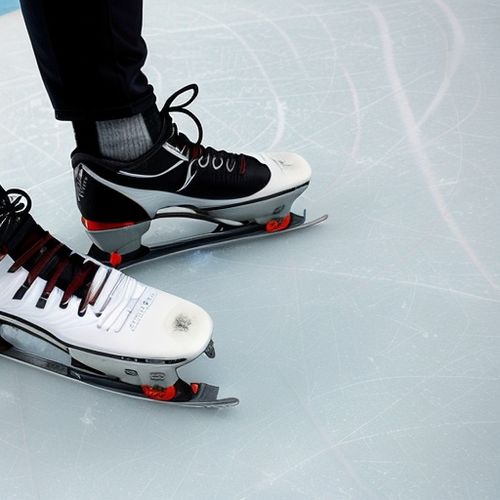
By William Miller/May 9, 2025
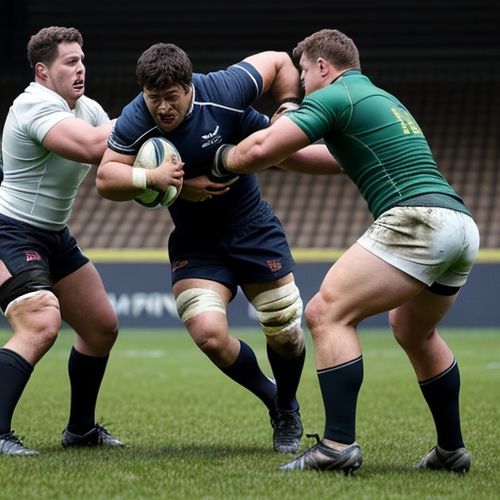
By John Smith/May 9, 2025
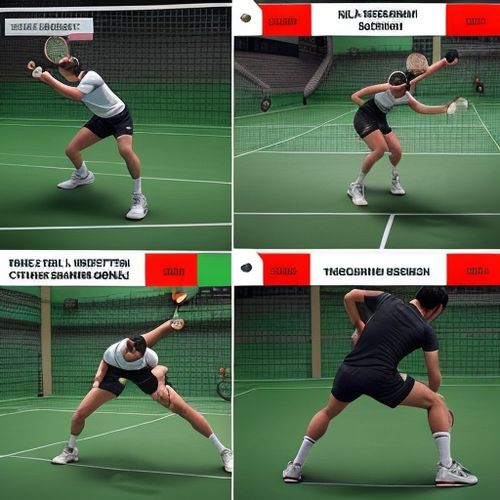
By Lily Simpson/May 9, 2025
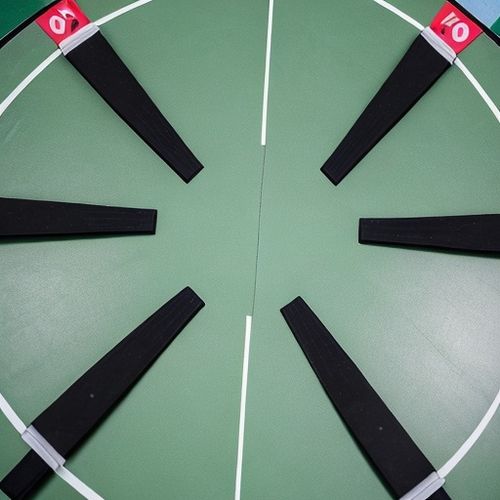
By Eric Ward/May 9, 2025
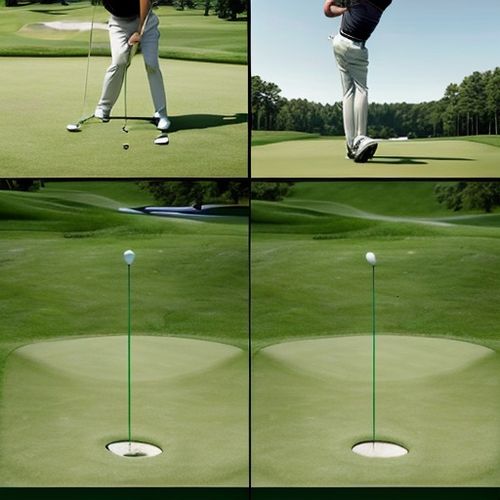
By Eric Ward/May 9, 2025

By Victoria Gonzalez/May 9, 2025

By Samuel Cooper/May 9, 2025
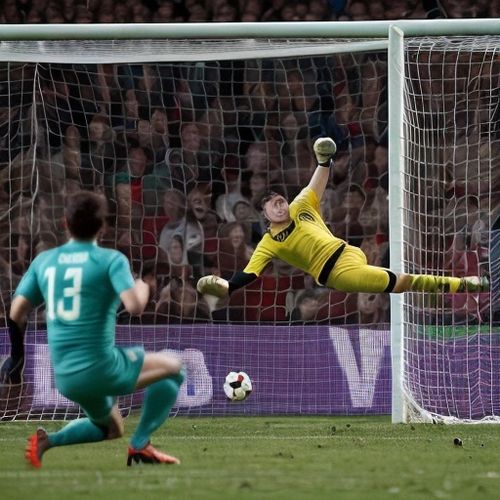
By Emily Johnson/May 9, 2025

By Noah Bell/May 9, 2025

By Joshua Howard/May 9, 2025

By Eric Ward/May 8, 2025

By Joshua Howard/May 8, 2025

By George Bailey/May 8, 2025
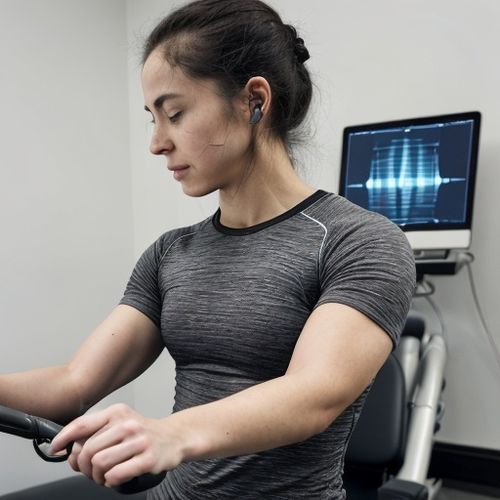
By Grace Cox/May 8, 2025

By Michael Brown/May 8, 2025

By Daniel Scott/May 8, 2025

By Rebecca Stewart/May 8, 2025

By Victoria Gonzalez/May 8, 2025

By Emily Johnson/May 8, 2025
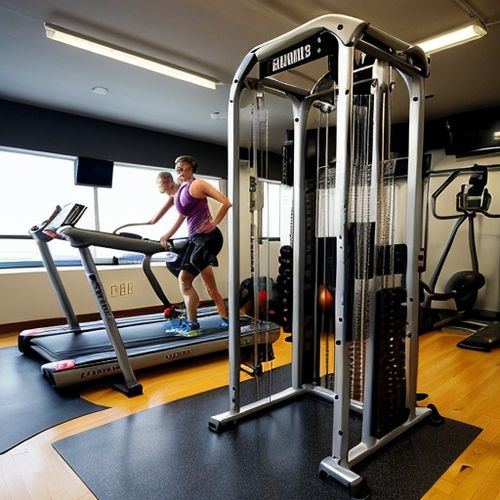
By Olivia Reed/May 8, 2025